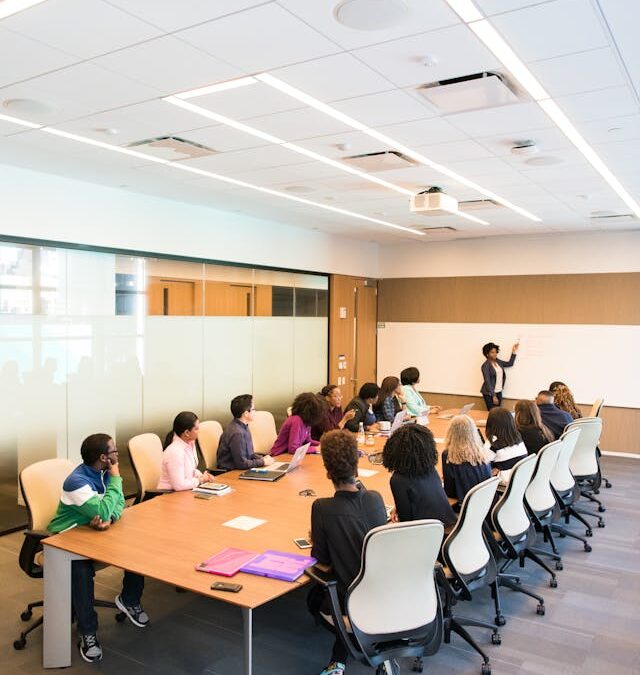One facet of work that many nonprofits overlook is the importance of educating their donors.
Nonprofit fundraising is difficult these days—people are busy, with so many things competing for their time, attention, and hard-earned money. It can be a big challenge for nonprofits to cut through this noise. Cultivating donors can be even more difficult for nonprofits who work on niche issues that most people know nothing about, issues beyond their own communities, or issues that don’t receive a lot of media coverage. After all, how can you convince people to support your cause when most people aren’t aware of the problem, or they’re misinformed about what’s going on? It’s an uphill battle for these nonprofits.
Why focus on donor education
That’s why nonprofits should consider what they’re doing to educate their prospective and current donors, both about the issues they’re tackling and what they’re doing to address them. How are you communicating your work to donors and the public? Do donors understand, as much as possible, the problems at hand and why they matter?
For example, maybe your nonprofit provides humanitarian aid to a struggling refugee population—one that hasn’t gotten a lot of media attention, like the Rohingya refugees in Bangladesh, or even the many Afghan refugees resettled here in the U.S. People may understand hunger, homelessness, and other problems in their own towns because they can see it for themselves, but if your nonprofit works a little further afield, you may have to spend more time explaining the issues at stake.
Beyond simply providing information, donor education is also a kind of framework for nonprofit communications and outreach. When you’re focused on educating your donors, communicating with them becomes less about appeals or asking for money, and more about cultivated a base of advocates who understand the issues at stake and are motivated to help. It’s about building a movement of engaged supporters.
The benefits of this are clear—an informed donor base is not just more motivated to donate. They’re also willing to talk about your cause with their friends and family, volunteer, participate in advocacy campaigns, and to continue to donate over the long term. An educated donor can be an ambassador for your nonprofit and an activist for your cause.
Educating major donors
Donor education is particularly important when it comes to cultivating major donors. They have the power to do a lot of good, and most of them are aware of this fact. As such, they don’t want to feel like they’re throwing their money away; they often want to thoroughly understand the issues at stake before they have the confidence to contribute. Educating these individuals can give them the confidence to donate. Indeed, it can turn them from donors searching for a cause to support, to engaged philanthropists committed to a particular issue. This kind of support is invaluable for nonprofits to cultivate.
Explaining the issues
The first thing that nonprofits should do to educate donors is clearly explain the issue they are working to address. This goes beyond superficial descriptions and includes details about the country, region, social issues, specific problems, and people in need. Use a variety of media, like websites, articles, photos, audio, and video content. In addition, personal testimonials, either from someone your nonprofit has served, or a staff person working in the field—can be extremely effective. They help to put a face on the issue.
You can also author white papers, reports, and other, more in-depth explanations—IRUSA’s Forced Migrations, Refugee Rights, and Islam: An Overview is a stellar example. It explains the history of forced migrations to help people understand modern refugee rights in an Islamic context, and how Islamic teachings can inspire more compassionate treatment of refugees.
Demonstrating your impact
Impact stories are another great tool for education and increasing awareness, as they humanize statistics that could otherwise begin to blur together. Telling people that you helped 5,000 people might be true and impressive, but backing up that fact with a well-produced, emotionally stirring story or film can be more effective in engaging donors. Use both statistics and human stories to paint a compelling picture of your impact.
Offering volunteer opportunities
Finally, providing many different kinds of volunteer opportunities helps your supporters learn about the issues you’re working on and your impact in an immersive way. Volunteering can turn people from casual supporters of a cause into dedicated advocates with a strong connection to your nonprofit—many people find volunteering that transformative. After all, it’s hard to ignore another person’s suffering when you meet and interact with them. Problems that may have seemed far away and vague suddenly become real. In this way, a well-orchestrated volunteer program can help mobilize a broad base of informed, engaged supporters.
